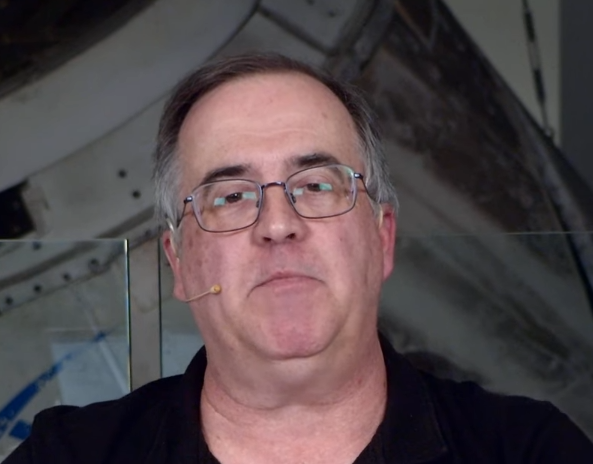

Which shareholders do you mean? SpaceX is private company, no shares.
Launch vehicle development by NASA is by their own admission slower and more expensive. It’s no coincidence that the whole industry started moving forward much faster when a driven private company with financial interests at heart and without strong dependence on politicians started their own serious development.
As for the tax money paid to SpaceX, NASA simply bought services. They also helped with development. But whatever the expenses were, they were much lower than they would be if NASA did it the old way. By the way, the old way is similar, but instead of SpaceX, the money went to Boeing, Lockheed Martin etc. and there wasn’t a limit on how much money it will be in advance. Now you know that if the costs exceed the agreed sum, it won’t be paid by public money, but by the company. As seen with Starliner, which went so badly that Boeing said they are never doing fixed-price contracts ever again. They are used to the excess money paid from the public budget. In exchange for these advantages to the public, SpaceX can use the vehcle developed unther the contract on their own, without NASA. Therefore you can get missions such as Polaris, Inspiration4 or Axiom. Your opinion on these may be different, but I think private missions and influx of private money into spaceflight is good for spaceflight in general. It makes it more financially sustainable and more efficient.




Huh, good point, I never thought about that. Makes sense. I only ever heard about options to get shares when the company becomes publicly traded. Of course, publicly traded is what I meant.
Do the owners also get money based on the shares?